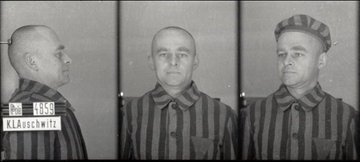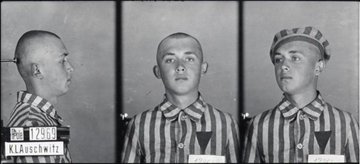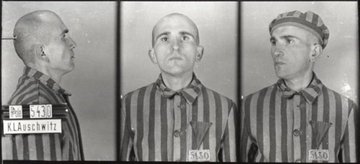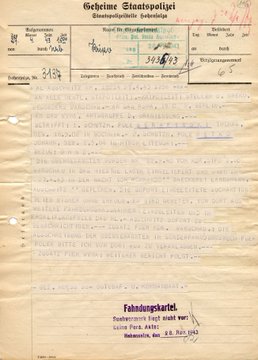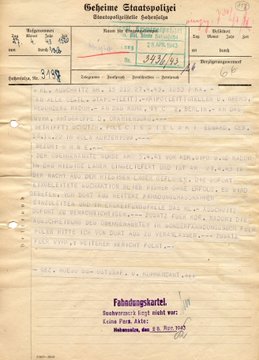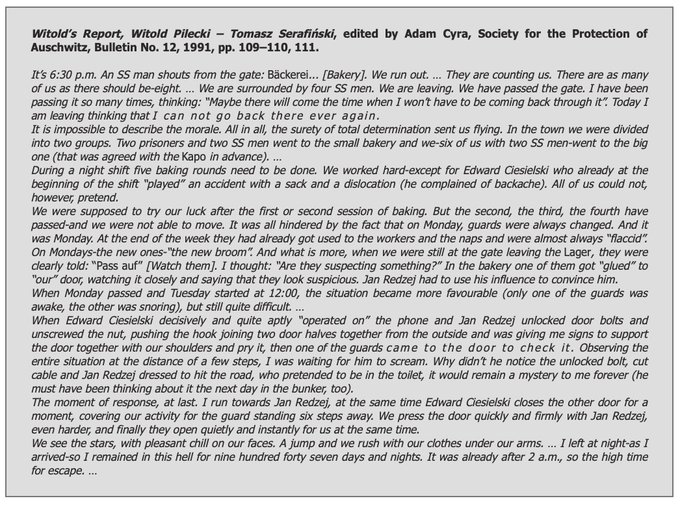
Zyklon B was a pesticide produced by the Degesch company, initially designated exclusively for eradicating insects in residential quarters, storage space, and special disinfection chambers at the camp.
From the end of the summer of 1941, it was also used sporadically to put to death Auschwitz I prisoners and Soviet POWs; from the spring of 1942 it was used regularly to murder Jews in the Birkenau gas chambers.
Zyklon B took the form of granules of diatomaceous earth saturated with hydrogen cyanide, which was released at an appropriately high temperature (approx. 27 degrees C) and turned into a gaseous form.
Its application produced so-called internal asphyxiation of the victims by blocking the exchange of oxygen in the red corpuscles and impeding cellular respiration.
📖 'Auschwitz. From A to Z. An Illustrated history' in over 300 short entries we explain some of the most important aspects of the history of the German Nazi Auschwitz concentration and extermination camp.
#ebook #kindle: amazon.com/Auschwitz-Z-Il…
#ebook #kindle: amazon.com/Auschwitz-Z-Il…
• • •
Missing some Tweet in this thread? You can try to
force a refresh














